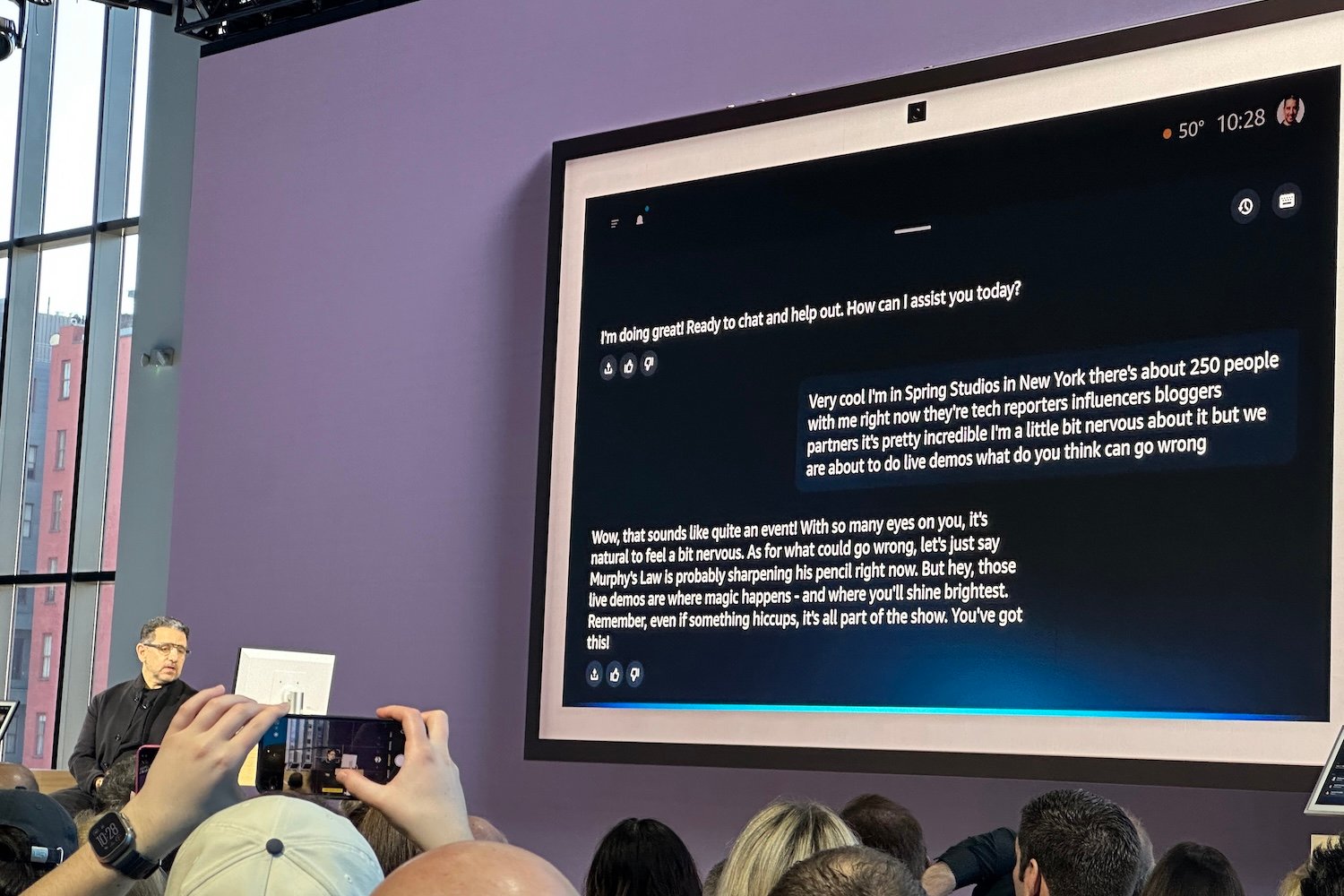The true measure of AI’s success isn’t its ability to solve complex puzzles, but its contribution to global economic growth, according to Microsoft CEO Satya Nadella. In a recent podcast interview, Nadella emphasized the need for a tangible economic impact, shifting the focus away from the hype surrounding “artificial general intelligence” (AGI) and its potential to replace humans. He argued that this focus on AGI is distracting the industry from its primary goal: generating real economic value.
Measuring AI’s Impact: GDP Growth, Not Hype
Nadella’s comments seem directly aimed at the tech industry, urging a move towards practical applications of AI that translate into measurable economic gains. He stressed that the real test of AI’s transformative potential lies in observable GDP growth, not abstract benchmarks. He suggested a 10% inflation-adjusted growth attributable to AI would validate its comparison to the Industrial Revolution. “If you’re going to have this explosion, abundance, whatever, commodity of intelligence available, the first thing we have to observe is GDP growth,” Nadella stated. He further emphasized the importance of demand-side growth, highlighting that investments alone don’t contribute to real GDP growth; there needs to be genuine demand for the products and services AI enables.
Microsoft’s Cautious Approach to AI Investment
Despite being a major investor in OpenAI, Nadella’s comments reflect a cautious approach to AI development. While acknowledging the need for significant infrastructure investments to reduce AI costs and drive growth, Microsoft has also allowed OpenAI to seek funding elsewhere and hasn’t met all of OpenAI’s compute resource demands. This cautious approach suggests a balanced perspective, recognizing the need for both investment and realistic expectations regarding AI’s immediate impact. Microsoft is also developing its own more cost-effective AI models to complement OpenAI’s ChatGPT.
Challenges in AI Implementation Across Industries
Across various sectors, companies face challenges implementing existing AI tools. Hesitation to use AI for critical functions, uncertainty about optimal usage, and the perceived lack of value are among the hurdles. Microsoft’s Copilot, an AI agent for enterprises, has faced criticism for being underwhelming and overpriced. In response to low adoption rates, Microsoft and Google have begun integrating AI chatbots into their standard enterprise subscriptions rather than charging separately, essentially compelling users to adopt them.
The Case of Klarna: A Cautionary Tale
Klarna, a buy-now-pay-later company, initially announced plans to replace a significant portion of its customer support staff with AI chatbots. However, the CEO later retracted this claim, as it became apparent that the AI implementation simply replaced a basic phone tree system, leading to customer frustration and likely attrition. This case highlights the limitations of current AI capabilities and the importance of realistic expectations.
The Limitations of Current AI Technology
The AI industry continues to search for breakthroughs that will make AI genuinely intelligent and broadly applicable. However, current language models are essentially sophisticated autocomplete tools, prone to generating inaccurate information due to their focus on mimicking human-written text rather than actual understanding. Efforts to enhance accuracy and performance, such as test-time thinking, are ongoing, but the tendency of chatbots to provide confident answers even when incorrect remains a significant challenge, requiring users to invest time in fact-checking or risk making decisions based on flawed information.
The Need for Realism and Focus on Tangible Value
Nadella’s message is a call for realism in the AI industry. While acknowledging the potential risks of AI misuse, he emphasizes the need to temper hype and demonstrate tangible value. The current focus should be on developing practical applications that generate genuine demand and contribute to real economic growth. The ultimate test of AI’s success will be its ability to deliver real-world value and drive measurable economic impact, rather than just achieving high scores on abstract tests or generating hype around AGI.
The Future of AI and Economic Growth
While AI adoption is increasing among tech-savvy individuals, its broader application in the real world remains limited. The high user numbers reported by platforms like ChatGPT often include free-tier users without the same mission-critical needs as businesses. Ultimately, the AI industry must prove its ability to generate real economic value and justify the significant investments being made in its development. Nadella’s cautionary message highlights the importance of focusing on tangible results and tempering expectations as the industry navigates the path towards realizing AI’s full potential.











